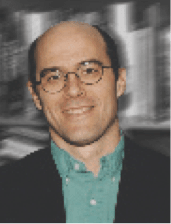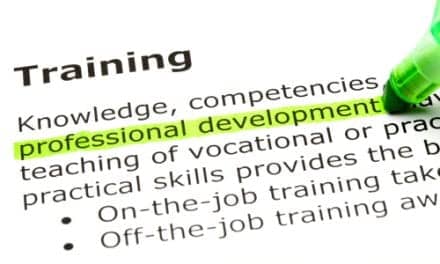Hearing Review July 2014

Commoditization and changes in hearing aid distribution have received a lot of attention in recent years within this magazine, as well as at conventions and industry events. Some contributing factors to these changes may include:
- As pointed out in last month’s Staff Standpoint, receiver-in-the-canal (RIC/RITE) hearing aids have become the #1 hearing instrument of choice, regardless of the distribution point. These aids are vastly easier to mass produce and commoditize, and require no real physical modifications (custom earmolds, etc) on the part of the dispensers/outlets.
- Whatever the virtues of the AuD may be, it has increased the difficulty and expense for audiology students entering the field. At current graduation rates, their numbers will not replace those of retiring audiologists.
- Ignoring the Department of Veterans Affairs (VA) and the binaural fitting growth rate, many in the industry expect the major drivers of future unit growth to be ENTs (who traditionally settle for smaller margins) and Big Box retailers (who offer hearing aids at very low prices).
- Smaller dispensing offices will be the most hard-pressed to cope with downward average selling prices (ASPs) and margins. The consensus is most offices will need to adopt new business strategies that result in market differentiation, greater efficiencies, higher levels of customer satisfaction via best practices, and/or the dispensing of more hearing aid units.
For some, these changes are unsettling and raise suspicions. One of the sentiments expressed in online blogs and forums is that manufacturers no longer care about independent practitioners because that market has become too small (maybe as little as 30% of the total) and static relative to the rest of the dynamic distribution landscape. Frankly, I don’t think anything can be further from the truth. Granted, as with any large business, market share (and shareholders for publicly owned companies) greatly influences the decision-making of any Big-6 hearing aid manufacturer. But the value of the independent dispenser in hearing healthcare remains gigantic for at least two major reasons. First, whatever their unit market share, independents in the United States constitute greater value (in dollars) than probably any other single country on the globe. Second, the entire industry has a vested interest in seeing independents not just do well but thrive; this market will continue to be largely responsible for maintaining ASPs, margins, and incomes within the field (see the presentation by Starkey’s Dan Quall from The Hearing Review’s State of the Industry Dinner held prior to AudiologyNOW! 2014, available soon at hearingreview.com).
Change is coming. But it’s affecting everyone. I speak with some experience on this point. I’m in media. I used to say “I’m in publishing” or “I’m a magazine editor,” but that no longer comes close to describing what I do. Today, I spend the bulk of my time on digital media that may or may not involve this magazine. These include our website, digital magazines, The Insider e-newsletter, podcasts, videos, webinars, polls, and a large assortment of other online projects and initiatives.
The Hearing Review has been out in front of a lot of these digital offerings and I daresay it’s one of the reasons we’ve done quite well over the last 10 years. Our print business has decreased. However, because of this industry’s demographics (eg, see the aging statistics for decision-makers in our market in our April HR Dispenser Survey), you can also see why this magazine should continue to do well in the future; HR has a readership of predominantly age-50+ decision-makers (71% of the market) who still get much of their information from print.
But the point is that my job is now media, not magazines. And you know what? The change was, at times, painful but necessary—and all for the better.
In the early part of the 20th century, the titans of US industry were the railroads (take a look at your Monopoly board). Both of my grandfathers and one of my great-grandfathers were proud railroad men; they were the airline engineers and pilots of their day. Peter Van Nest, who is now with Starkey, wrote an excellent article for HR many years ago, and in it he talked about how the big mistake that caused railroads to stop being titans of Wall Street was that they all thought of themselves as railroad companies. That was a costly misconception. They were, in fact, transportation companies.
Likewise, as pointed out in several recent articles (eg, Beck & Alcock in April), as well as the first three articles [Gleitman, Kasewurm, Taylor & Tysoe] in this edition of The Hearing Review, hearing care professionals can’t lose sight of the fact that their job is to facilitate better listening and communication. It’s not about hearing aids; it’s what you can do with the hearing aids and related products and services. That involves differentiating yourself, using best practices, and as Dennis Van Vliet points out, plainly being better—and offering more—than the competition.
Original citation for this article: Strom KE. Distribution solution. Hearing Review. 2014;21(7):6.





